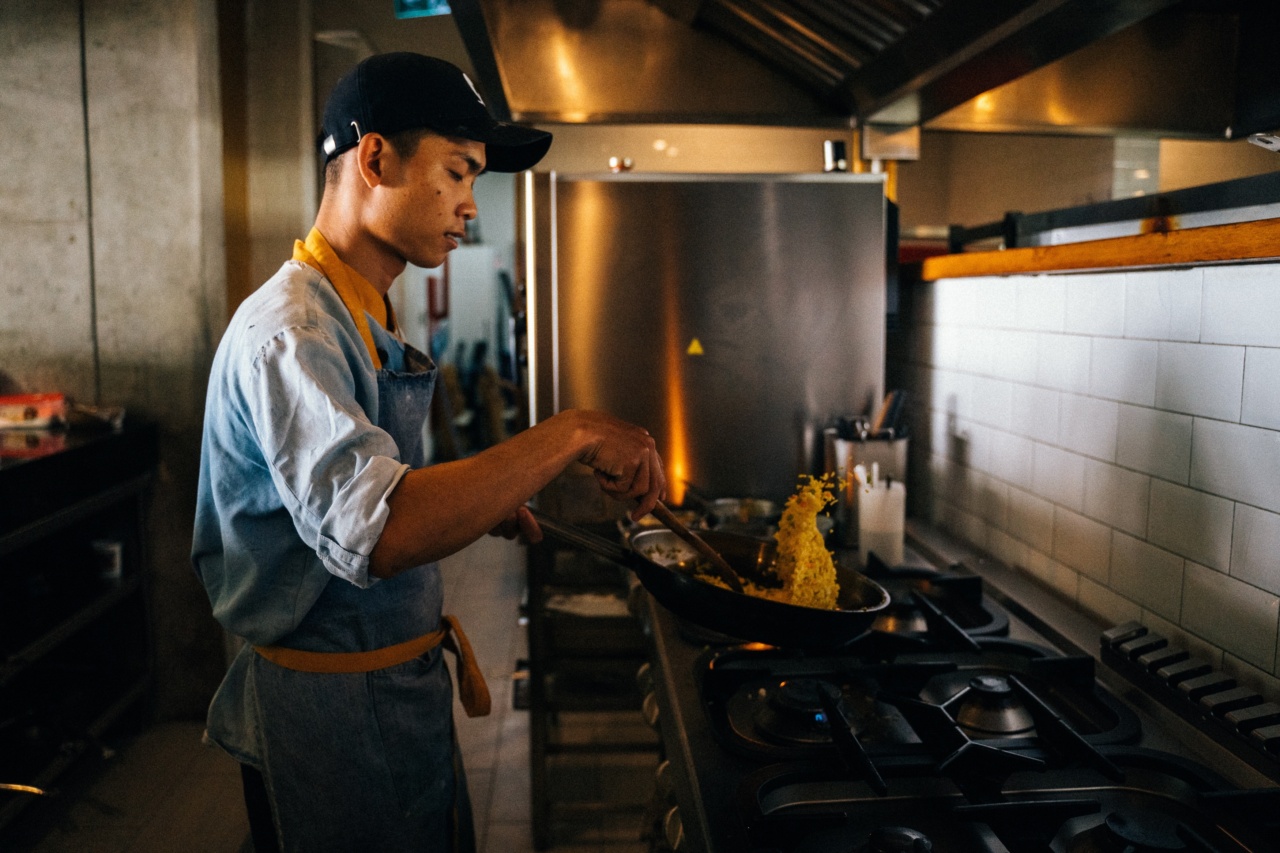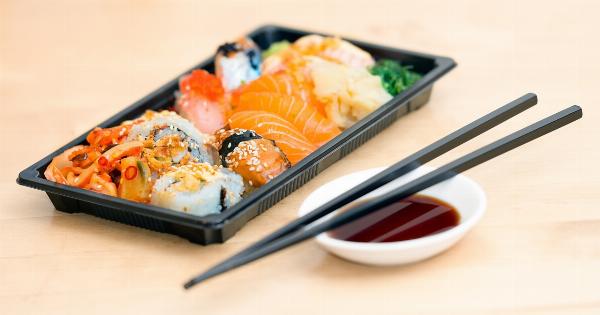Cooking rice can be a tricky task. One of the most common problems faced while cooking rice is getting a male in it. A male is a small, gritty substance that can be found in rice. It is usually harmless but can make the rice unpleasant to eat.
In this article, we will explore some of the best ways to remove male in rice.
What is Male?
Before we look at how to remove male from rice, it is essential to understand what male is. Male is a tiny, hard, gritty, and black or brown substance that is found in rice.
It is made up of the husk of the rice grains that have broken off during the milling process and is usually the result of insufficient washing or cleaning of the rice. Males are sometimes called ‘rice rocks’ or ‘rice dirt.’.
Method 1: Soaking the Rice
One of the most popular methods to remove male in rice is by soaking the rice in water for around 30 minutes before cooking. This technique helps to soften the male and make it easier to remove.
Follow these simple steps to remove male from rice by soaking:.
- Wash the rice thoroughly in cold water and drain.
- Place the rice in a bowl and fill it with enough water to cover the rice completely.
- Allow the rice to soak for around 30 minutes.
- After 30 minutes, gently swirl the water around the rice to remove any male that may have detached. You can also use a sieve or a strainer.
- Drain the water from the rice and rinse with fresh water.
- Cook the rice as usual.
- Once the rice is cooked, inspect it for any remaining males. If you find any, gently remove them with a fork or a pair of chopsticks.
Method 2: Boiling the Rice
Another effective way to remove male from rice is by boiling the rice. Boiling the rice helps to soften and loosen the male, making it easy to remove. Here’s how to boil rice to remove male:.
- Wash the rice thoroughly in cold water and drain.
- Boil water in a large pot and add the rice to it.
- Stir the rice occasionally while boiling. Boil the rice for about 10-15 minutes or until it is 80-90% cooked.
- Once the rice is boiled, pour it into a colander or a strainer to drain. Discard the water.
- Rinse the rice with fresh water and return the rice to the pot with fresh water.
- Cook the rice as usual.
- Once the rice is cooked, inspect it for any remaining males. If you find any, gently remove them with a fork or a pair of chopsticks.
Method 3: Using a Sieve
A simple and effective way to remove male from rice is by using a sieve. A sieve is a kitchen tool that is used to separate solids from liquids or to remove small particles from a liquid. Here’s how to use a sieve to remove male from rice:.
- Wash the rice thoroughly in cold water and drain.
- Fill a large bowl with water and place the sieve over it. Make sure the sieve is big enough to hold all the rice.
- Add the rice to the sieve and swirl it around gently. This will loosen the male, and it will fall through the sieve and into the water.
- Once all the rice has been swirled around, lift the sieve out of the water and discard the water.
- Rinse the rice with fresh water.
- Cook the rice as usual.
- Once the rice is cooked, inspect it for any remaining males. If you find any, gently remove them with a fork or a pair of chopsticks.
Tips to Prevent Male in Rice
Now that you know how to remove male in rice let’s discuss some tips to prevent male in rice:.
- Wash the rice thoroughly before cooking. Rinse the rice until the water runs clear to remove any dirt or dust that might contain males.
- Soak the rice for 30 minutes before cooking to soften the male and make it easier to remove.
- Don’t use too much water while cooking the rice. Excess water may cause the rice to break, leading to the formation of males.
- Avoid using rice that has been lying in your pantry for a long time. Stale rice has a higher chance of containing males.
- Use a good quality rice from a reputed brand to minimize the chances of getting males in the rice.
Conclusion
Male in rice is a common problem faced by many home cooks. While it is harmless, it can be unpleasant to eat. The good news is that there are several effective ways to remove male in rice.
Soaking, boiling, and using a sieve are some of the best ways to remove male from rice. Following the tips mentioned in this article can help prevent male from forming in rice. Happy cooking!.































